Fisher And Paykel RGV3-485GD Bruksanvisning
Fisher And Paykel
Ugn
RGV3-485GD
Läs gratis den bruksanvisning för Fisher And Paykel RGV3-485GD (43 sidor) i kategorin Ugn. Guiden har ansetts hjälpsam av 12 personer och har ett genomsnittsbetyg på 4.2 stjärnor baserat på 6.5 recensioner. Har du en fråga om Fisher And Paykel RGV3-485GD eller vill du ställa frågor till andra användare av produkten? Ställ en fråga
Sida 1/43

USER GUI D E
US CA
GAS RANGES
PROFESSIONAL
RGV3-488, RGV3-485GD,
RGV3-486GD
models
Produktspecifikationer
| Varumärke: | Fisher And Paykel |
| Kategori: | Ugn |
| Modell: | RGV3-485GD |
Behöver du hjälp?
Om du behöver hjälp med Fisher And Paykel RGV3-485GD ställ en fråga nedan och andra användare kommer att svara dig
Ugn Fisher And Paykel Manualer

15 Oktober 2024

14 Oktober 2024

5 Oktober 2024

30 September 2024

26 September 2024

25 September 2024

25 September 2024

24 September 2024

23 September 2024

23 September 2024
Ugn Manualer
- Mestic
- Elements
- Domo
- Juno
- Toshiba
- Duronic
- Lakeland
- Hendi
- Montiss
- Godrej
- Chef
- Becken
- Tefal
- Jocel
- Veripart
Nyaste Ugn Manualer
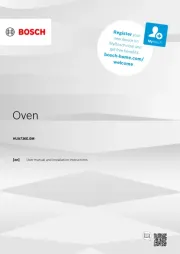
21 Oktober 2025
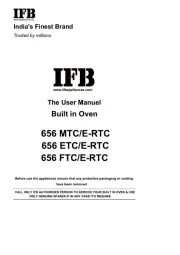
20 Oktober 2025
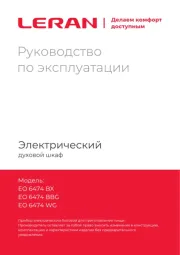
20 Oktober 2025

20 Oktober 2025
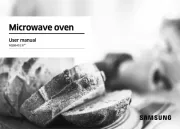
19 Oktober 2025
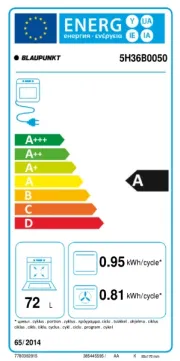
19 Oktober 2025
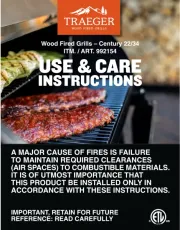
18 Oktober 2025
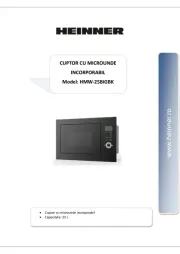
18 Oktober 2025
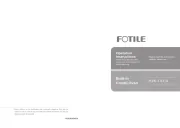
18 Oktober 2025
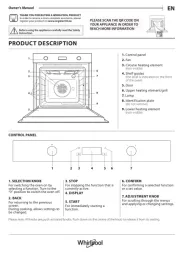
17 Oktober 2025